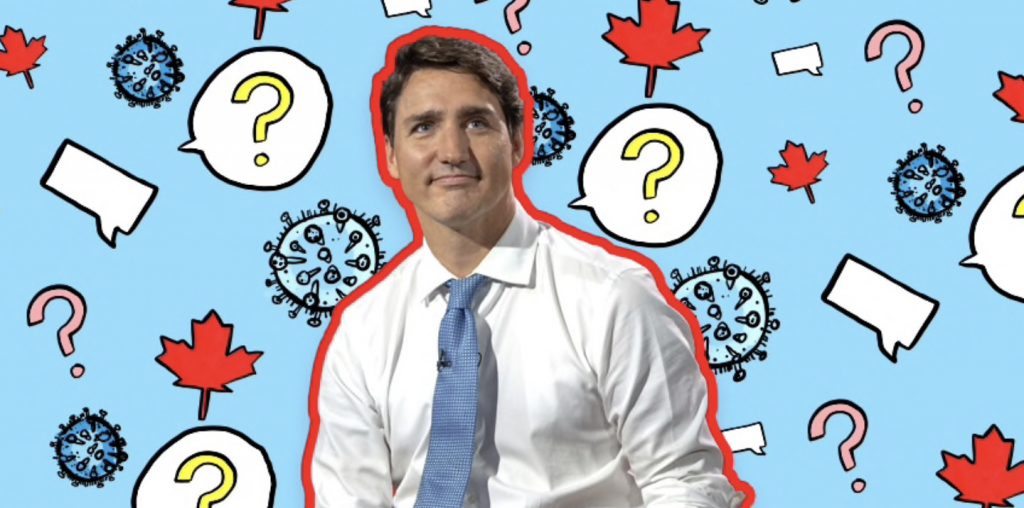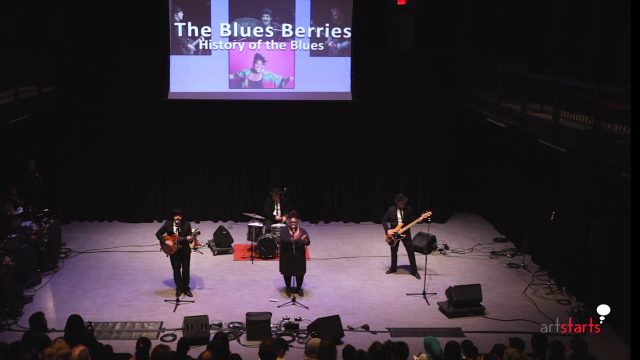
On Friday at Young Peoples Concert we got to see the the Blues Berries perform. Their show was amazing and we all had lots of fun moving to the music.
We learned about the history of blues music and more about the history of musical instruments. They told us how blues music originated in the deep south and was largely influenced by African American slaves. We learned that drums are very important in African culture and that drums are not only used to entertain people or to give rhythm to a song but are like the heart beat of their culture. However, before slavery was abolished African American slaves were banned from using or having drums. But this didn’t stop the slaves. They created their own instruments using wash boards, wash tubs, broom sticks and strings to create their music bringing with it some of the earliest blues music. During their performance the Blues Berries performed a song using a bass guitar they created using a wash tub, long broom stick and string, tambourines, a wash board and a banjo and it sounded incredible.
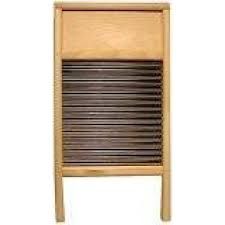

We all learned about people who sang blues music and what their names were. We also learned about things that they did before singing and playing blues music.
DIY make your own tambourine:
~Bottle Caps
~Two pieces of ribbon
~Two firm paper plates
~Hole puncher
~paint
Pick a bright, fun color for your tambourine. Turn the plates over to the backside and add a coat or two of paint. Continue adding more with a brush until the whole thing is covered evenly. Set aside to dry.
Place approximately 20 bottle caps inside one of the paper plates. After adding bottle caps, place the other plate on top. Hole punch roughly six to eight times around the edge of the two plates. Buy an interesting ribbon that matches or complements the previously chosen paint color. Cut a piece of ribbon for each hole made. Weave the ribbon through the holes, pull tight and tie a bow for added flair.
For more information on The Blues Berries visit: https://www.blues-berries.com/
Author: G. K.
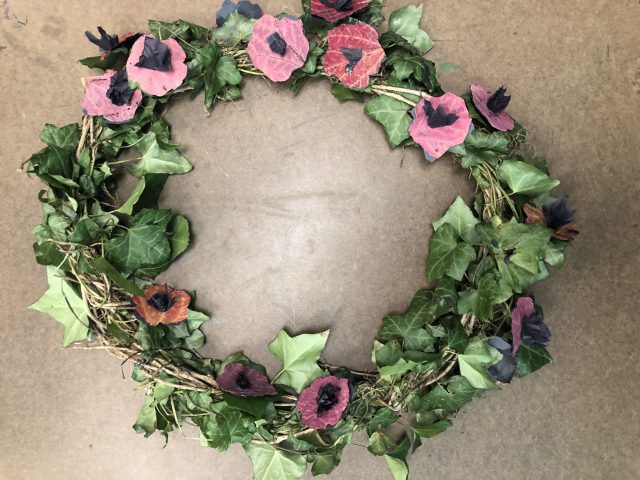 For Remembrance Day this year students from Division 4 wove their own wreath from ivy and made poppies from maple leaves to honour those who have served or made the ultimate sacrifice for our country.
For Remembrance Day this year students from Division 4 wove their own wreath from ivy and made poppies from maple leaves to honour those who have served or made the ultimate sacrifice for our country.
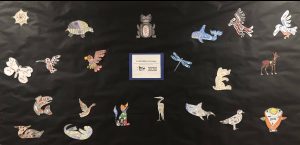 In this lesson we learned to:
In this lesson we learned to:
- Identify elements in the visual arts, including traditional Coast Salish design motifs (circle, oval, crescent, trigon).
- Analyze, critique, and connect with art using visual thinking strategies.
- Understand that symbolism is a way to create, represent, and communicate meaning.
- Experiment with a variety of media to create a Coast Salish style animal.
This week students from Division 4 visited the Burnaby Village Museum to learn from Indigenous Educators about hən̓q̓əmin̓əm̓ and Sḵwxw̱ú7mesh history and culture. Using the First Peoples Principles of Learning, they explored the Indigenous Learning House and the Matriarch’s Garden at Burnaby Village Museum.
[metaslider id=”776″]
In Term 3 students researched and presented their history projects about Canadian history at the School Fair with students from Division 3.
Fenix, Liam, and Sierra from our class along with Dylan, Ivy, and Alicia from Division 3 were all selected to attend the Regional Fair this year in Delta.
At the Regional Fair students had the opportunity to visit the Port of Vancouver and learn about the various types of ships that import and export goods. They also got to create a photographic print using cyanotype. At the Regional Fair Liam, Fenix, and Dylan all won individual awards and Fenix was selected also selected to attend the Provincial Heritage Fair in Victoria this July.
All the students put an outstanding amount of effort into their projects this year and should be very proud of the research and presentations.
[metaslider id=”738″]
Today students from Divisions 1-4 got the opportunity to meet Terry Beech our honourable Member of Parliament for the Burnaby North-Seymour riding. During todays talk Mr. Beech explained more about the different levels of government and the differences between MLA’s and MP’s. He also outlined some of his responsibilities as an MP and explained his role as the Parliamentary Secretary to the Minister of Transportation. Students found his career path extremely interesting and were inspired by how he got involved in politics at such a young age. They found Mr. Beech to be extremely personable and were excited to learn more about his experiences working in various levels of government.
Trip to Victoria, the Parliament Building and the Royal BC Museum
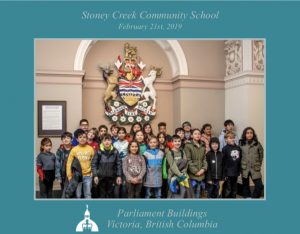
On our recent trip to Victoria students had a guided tour of the Parliament Buildings and learned more about the architectural splendour of the Parliament Building, the history of the province, the legislative process and parliamentary democracy.
Also at the Royal BC Museum students had the opportunity to take a self-guided tour through artifacts, documents and specimens of British Columbia’s natural and human history; see the wildlife photographer of the year exhibit; the First Peoples gallery and the award winning Our Living Languages exhibition.
We
[metaslider id=”626″]
Aaron Nelson- Moody led students through a guided session on indigenous art and storytelling. Students learned about the significance of a house post and learned about the symbols commonly used in First Nations art and carvings. They then had an opportunity to create a drawing of a salmon using the techniques demonstrated by Aaron Nelson- Moody.
Big Idea
Exploring stories and other texts helps us understand ourselves and make connections to others and to the world
Works of art influence and are influenced by the world around us
Engaging in creative expression and experiences expands people’s sense of identity and belonging
Curricular Competencies
Demonstrate awareness of the oral tradition in First Peoples cultures and the purposes of First Peoples texts
Identify how story in First Peoples cultures connects people to the land
Explore a range of cultures, and the relationships among cultures, societies, and the arts
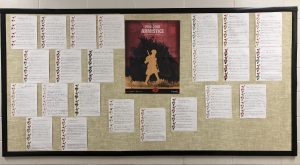
Parents/Guardians: When you have a moment please log on to your child’s blogfolio and provide your feedback on your child’s Remembrance Day poetry.
Lesson Overview
Big Idea:
Using language in creative and playful ways helps us understand how language works.
Curricular Competencies:
Recognize how literary elements, techniques, and devices enhance meaning in texts.
Use writing and design processes to plan, develop, and create texts for a variety of
purposes and audiences.
Transform ideas and information to create original texts.
Make ethical judgments about events, decisions, or actions that consider the conditions of a particular time and place, and assess appropriate ways
to respond (ethical judgment).
Div 3 Class Blog ©2024. All Rights Reserved.
Powered by WordPress.
Theme by Phoenix Web Solutions
